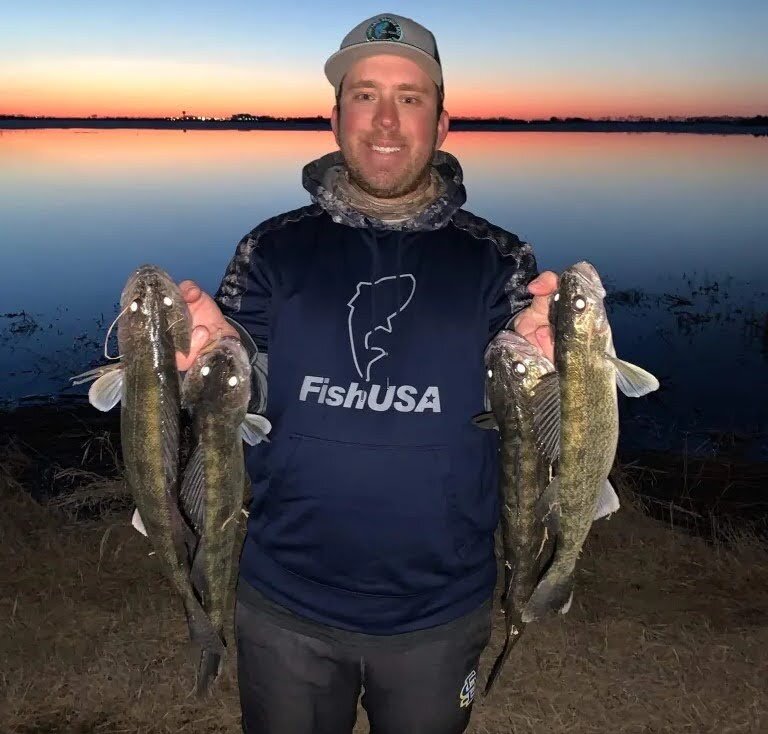Understanding the Walleye Spawn: Key Biological Factors and Fishing Insights
Table of Contents

Importance of the Walleye Spawn
Recruitment
Growth
Mortality
Key Factors Influencing the Walleye Spawn

Photoperiod
Water Temperature
Case Study: Walleye Spawning Over Multiple Years
Where to Find Walleye During the Spawn

Reservoirs
Lakes with Rivers or Tributaries
Lakes Without Tributaries
Depth and Structure
Factors to Consider When Targeting Walleye During the Spawn
Pre-Spawn, Spawn, and Post-Spawn Stages
Time on the Water
Tips for Catching Walleye During the Spawn
Conclusion
Shop Walleye Fishing Gear & Tackle

